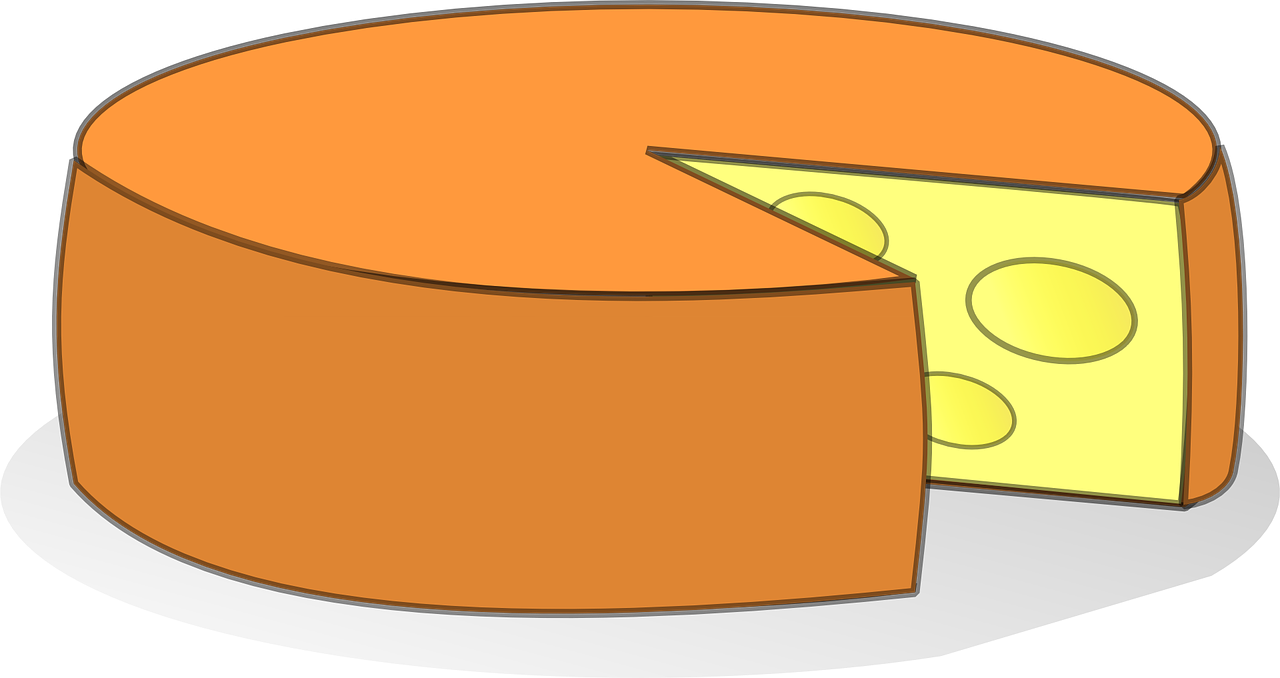
Orange cheese is not natural, but artificially made
Cheese is very popular in Europe and North America! The French devour 57.9 pounds per person annually, followed by the Germans and Italians. Chilly Island devours 53.2 pounds!
Part of the world is lactose intolerant; As soon as children stop breastfeeding, their bodies reduce the production of lactase, which is necessary for digesting milk. But because of the different protein sources in different regions of the world, indigenous peoples learned to adapt. While 95% of Caucasians have lactase retention ability and continue to digest dairy products properly, this drops to 50% for people of African descent and only about 5% for East Asians. For this reason, milk, cheese or dairy products are almost never found in Asian dishes and cheese consumption varies greatly from country to country.
However, there is shocking news for cheese lovers: there is no such thing as natural orange cheese. Yes, it is a man-made invention.
Photo by Shiela Pedraza Burk via Burst
Related: 7 Musicians and Their Bizarre Backstage Food Requests
When cheese was first invented in the 16th or 17th centuries, English farmers discovered that the product was much lighter in color than butter. This is because cheese is made from low-fat milk and butter is made from fat. This loss of color led customers to believe that the cheese was an inferior product. To save their product, farmers decided to add dyes to make it sell better and look more vibrant and appealing. It was a success.
While this backstory is very interesting, another theory suggests that the coloring of cheese initially served to balance the appearance of the product throughout the year. It turns out that cheese has different colors depending on the season because it depends on the diet of the cows. In spring and summer, cows’ milk is butterier because they feed on fresher grass.
Related:
In the United States, some cheeses owe their color to the tasteless annatto seed. It gives Wisconsin cheddar that pumpkin orange hue. Annatto is a tasteless product, which means the taste of the cheese remains natural. Cheddar cheese contains more, while lighter cheeses like Gouda and Edam contain little.
In their natural state, all cheeses are just different shades of white, which would present a marketing challenge.

Post a comment: